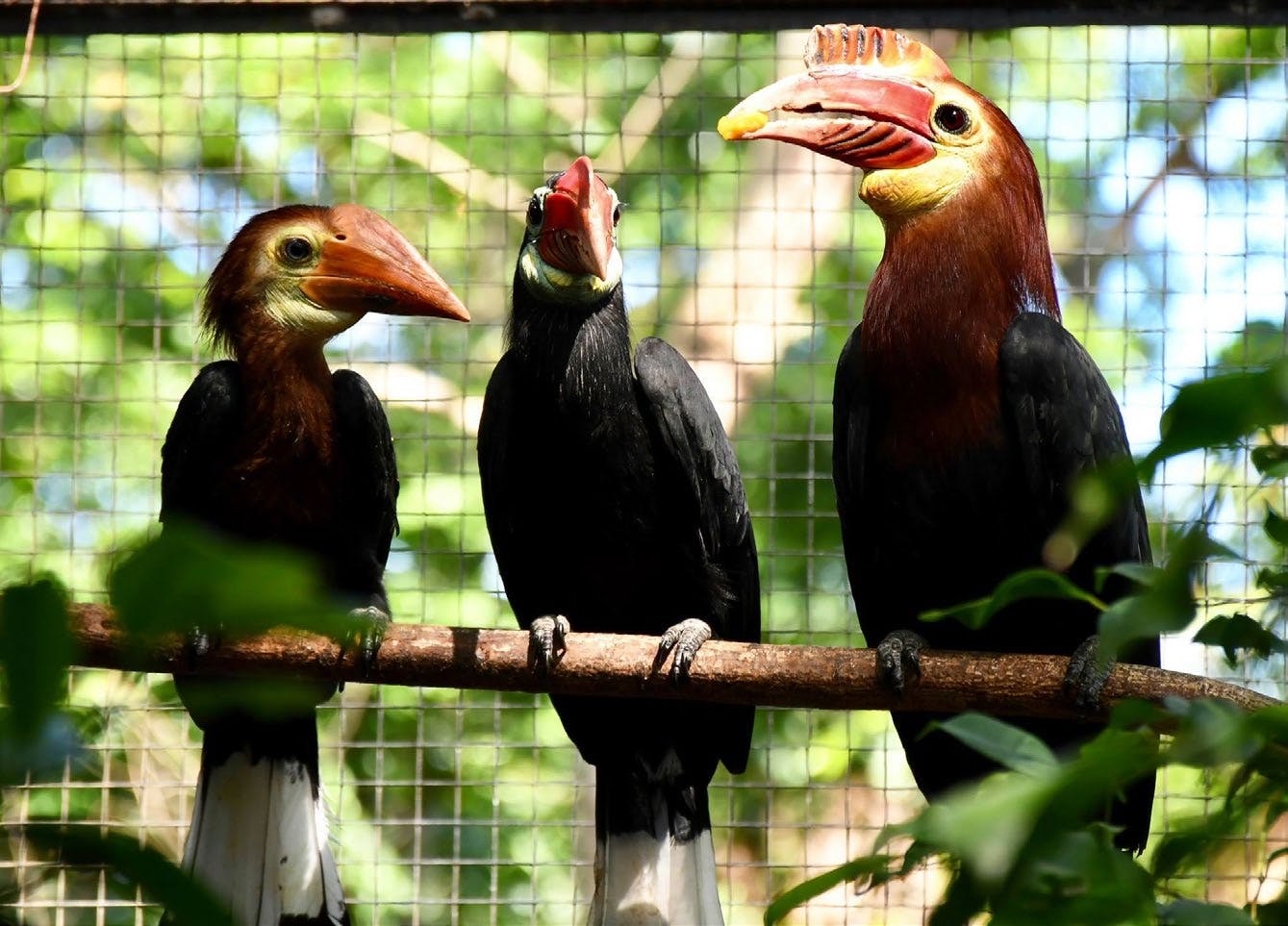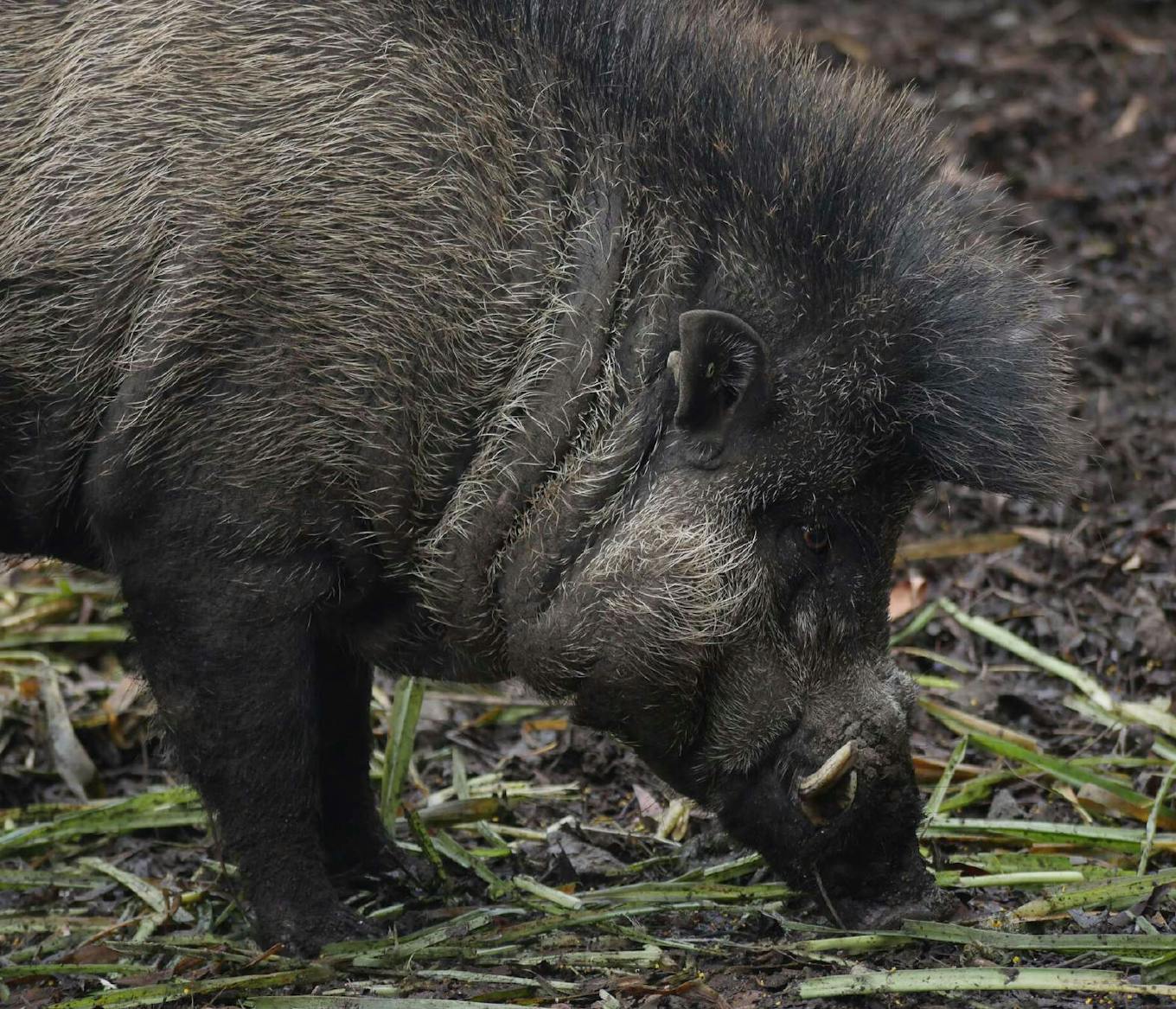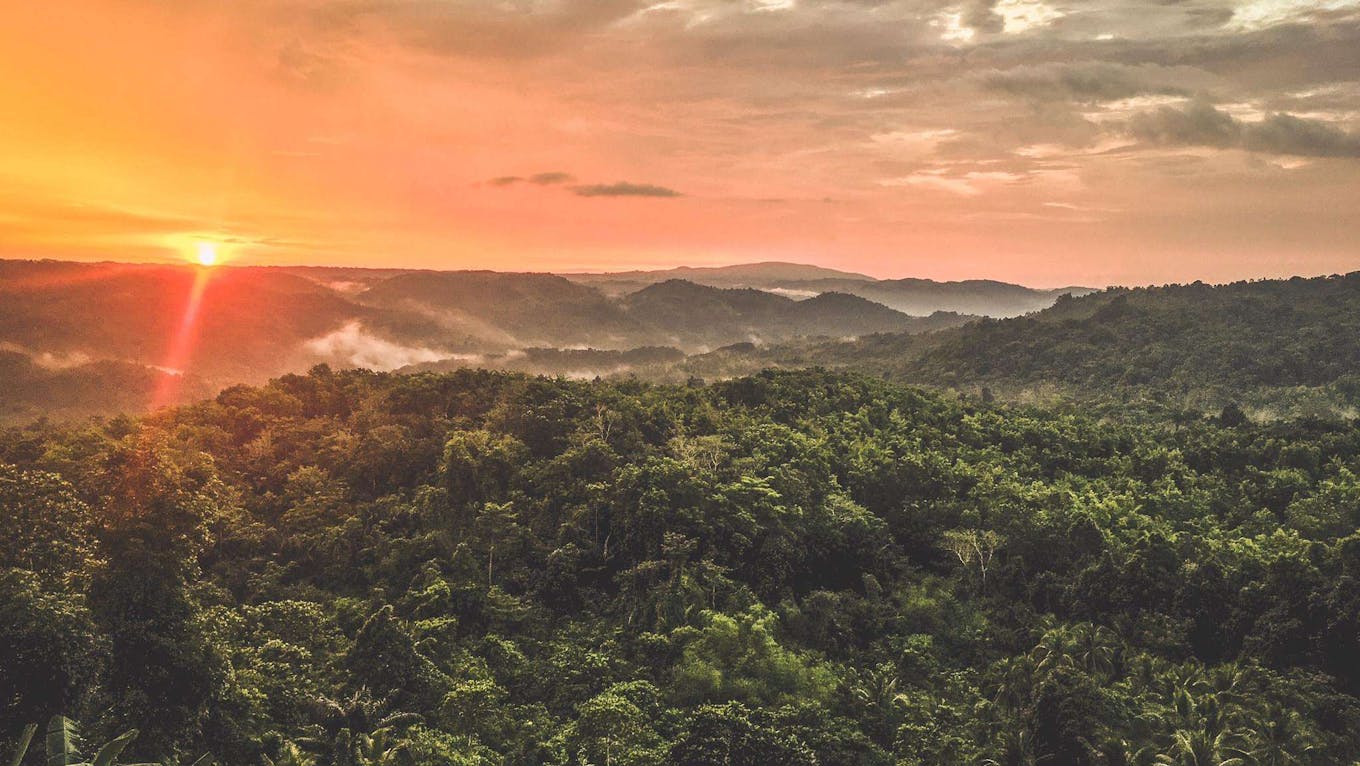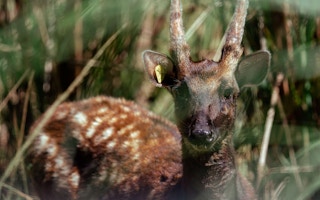In December 2021, when super typhoon Odette — known internationally as Rai — struck southern and central parts of the Philippines, one of the wildlife sanctuaries that conservation organisation Talarak Foundation managed was devastated.
To continue reading, subscribe to Eco‑Business.
There's something for everyone. We offer a range of subscription plans.
- Access our stories and receive our Insights Weekly newsletter with the free EB Member plan.
- Unlock unlimited access to our content and archive with EB Circle.
- Publish your content with EB Premium.
The site, situated in Kabalankan City and the main captive breeding centre for endangered avian species, was decimated by flash floods that reached as high as six feet. Almost 30 vulnerable birds were lost, including four criticially endangered Southern Rufous Hornbills and six Visayan Tarictic Hornbills.
The disaster proved to be a wakeup call for the non-profit, which is committed to protecting endemic species in the Western Visayas, an administrative region in the Philippines, where Iloilo City sits. It has since refocused its efforts on other less climate-susceptible sanctuaries it stewards.
More recently, it is known for being instrumental in advocating for the welfare of the Western Visayas “big five,” a collection of keystone species endemic to the West Visayan faunal region which includes the islands of Negros, Panay, Masbate, Guimaras, Ticao, and Cebu.
These include the Rufous-headed Hornbill, the Negros Bleeding Heart Dove, the Visayan Warty Pig, the Visayan Spotted Deer, and the Visayan Tarictic Hornbill — all critically endangered species.
“
If you protect all five [species] individually, you end up protecting an entire ecosystem.
Matthew Ward, executive director, Talarak Foundation
Talarak Foundation executive director Matthew Ward told Eco-Business that new captive breeding and reintroduction initiatives have proved fruitful for their conservation efforts of these keystone species, especially after it concentrated programmes on the Bayawan Nature Reserve, a site that spans 300 hectares of rich forests and grasslands in the valleys near Bayawan City in Negros Oriental.
Groups of Visayan Spotted Deer and Visayan Warty Pigs the foundation has released into the reserve have produced offspring in the wild. A pair of Visayan Tarictic Hornbills first released together in 2021 also hatched and fledged a chick in July last year.

The Rufous-headed Hornbill and Visayan Tarictic Hornbill are among the most endangered hornbill species in the Philippines. Image: Talarak Foundation Inc
Ward explains that the ‘big five’ were selected primarily because the fact that all five of the species were concentrated in a single area suggested presence of a healthy ecosystem.
“If you protect all five [species] individually, you end up protecting an entire ecosystem,” he said.
Good news aside
Ward believes that the endangered hornbills, warty pigs, doves and deers are “incredibly charismatic and unique species” that the Negrenses and Illonggos should be proud of, as they form part of the local natural heritage.
Endemic wildlife can thrive regionally, he said, adding that that is “one of the beautiful things about the Philippines”. “Sadly, a majority of these species are highly endangered and threatened by habitat loss, human persecution, climate change, and other factors.”

The charismatic Visayan Warty Pigs are known for their mohawk-like mane. Image: Talarak Foundation Inc
The Visayan Spotted Deer and Visayan Warty Pig are now functionally extinct in the Cebu, Masbate, Guimaras and Ticao islands. Meanwhile, the Rufous-headed Hornbill and Visayan Tarictic Hornbill are among the most endangered hornbill species in the Philippines, due to poaching for food, sport and trade and rapid habitat loss.
With its recent ‘wins’, Talarak Foundation is continuing to monitor released groups of the species to ensure their survival, as well as study their behaviour, through non-invasive tracking devices and camera traps.
These camera traps have also been able to document the return of wild Visayan Spotted Deer, Visayas Warty Pigs and Tarictic Hornbills not from Talarak Foundation’s stock into the reserve, showing promise in the reforestation and habitat restoration efforts of the group.

Negros Bleeding-heart Doves are known for their distinct plumage and red-coloured chests. Image: Talarak Foundation Inc
In line with its outreach and education programmes, the organisation has begun awareness campaigns for the rural and agricultural villages closest to the Bayawan Nature Reserve — primarily the barangays of Nanga, Kalumboyan and Narra — aiming to foster a better understanding between the communities and wildlife.
Talarak Foundation, founded in 2010, now has its headquarters in Negros Forest Park, which sits in the centre of developing Bacolod City. The facility is also key to the organisation’s education and public engagement initiatives.
In 2022 alone, the park welcomed some 12,000 visitors.
It has since also partnered with the social enterprise Tagpi-Tagpi, an environmentally focused organisation that provides livelihood for women in low-income areas, by producing plushies inspired by local fauna from recycled clothing and upcycled plastics.
On Panay Island, Talarak Foundation provides technical assistance to the Mariit Conservation Park and hornbill breeding facility in Lambunao, Iloilo, as well as Antique’s PhilinCon (Philippine Initiative for Conservation of Environment) and its notable hornbill nestguarding program.
“Knowing that we can still find populations of our focal species and other endemic biodiversity is good news. However, the state of our natural habitats still needs to be addressed,” said Talarak Foundation in a report.
“Our habitat assessments continue to identify that our native forests are still threatened, and newly established forests are often non-native plantations. There is still a lot of work to be done.”
Want more Philippines ESG and sustainability news and views? Subscribe to our Eco-Business Philippines newsletter here.

The Bayawan Nature Reserve spans some 300 hectares of rich forests and grasslands in the valleys near Bayawan City in Negros Oriental, created and formalised through a partnership between Talarak Foundation and the local government of Bayawan signed in 2019. Image: Talarak Foundation Inc

















